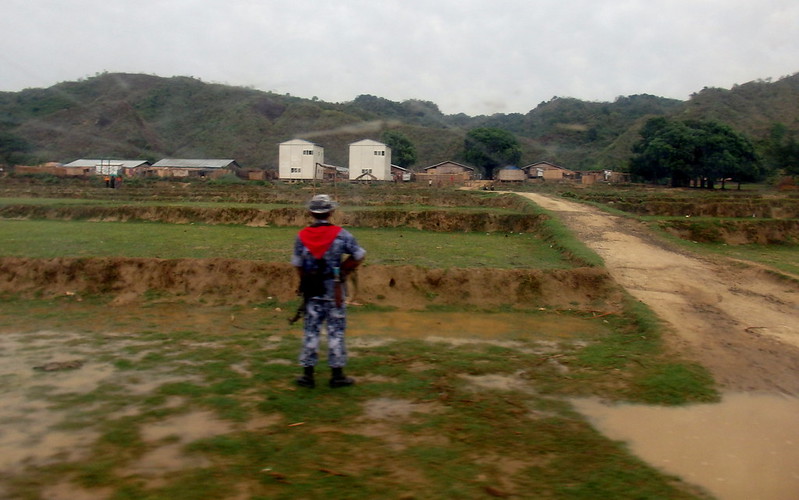Earlier this year, South Asia @ LSE renewed its efforts to increase the number of women writers and also the amount of gender related content featured in the blog. As we approach two months since International Women’s Day, we return to some of the pressing issues facing women across an array of industries and activities, ranging from science to insurgency.
“The fact that the entire trade market of the publishing industry is still predominantly in the hands of men, means that there has to be a very concerted effort to shift that balance”– Ritu Menon
Ritu Menon, co-founder of Kali for Women, and one of the judges of the prize, spoke to Rebecca Bowers about the decline of the feminist press in the West, and the challenges facing women in publishing today.
On India’s prime time TV debates, women are mostly invisible
The under-representation of expert women in the media is a global trend with women more likely to be invited onto television debates to discuss gender and sexual violence than science and technology. However, lessons can be learned from the UK according to Reshma Patil.
Reframing female agency in insurgency: women’s voices from Assam
Drawing on research from her MPhil project on the underground lives, activism and representation of women combatants of United Liberation Front of Asom (ULFA), Dixita Deka highlights the position of former female insurgents, who she argues, remain underground in different capacities. It is vital to bring out the missing voices on violence through alternative spaces of resistance including interview transcripts, poetry and diary accounts, she concludes.
‘How can a woman do these things?’ Evaluating pathways of mobility for female construction workers
Whilst men working in construction may advance their positions and income, the lack of options experienced by female construction workers is stark in comparison, underlining the continuing reproduction of gender inequality within the industry. However, this can partially be addressed by utilising industry and state resources. Rebecca Bowers writes.
Painting the town ‘pink’: gender disparity in India’s Science economy
The Economic Survey, for all its emphasis on gender with a pink cover, chooses to tackle the question of gender inclusion in science, by complete silence on the question. While comparing India and Iran, T. V. H. Prathamesh writes that India fares poorly since the lack of policy intervention and funding have systematically reproduced the gender divisions in this sector. Iran, on the other hand, has taken steps to address this issue.
These articles gives the views of the authors, and not the position of the South Asia @ LSE blog. Please read our comments policy before posting.
Cover image: Three women walking in Mumbai. Photo credit: Steve Evans, Flickr, CC BY-NC 2.0 .







